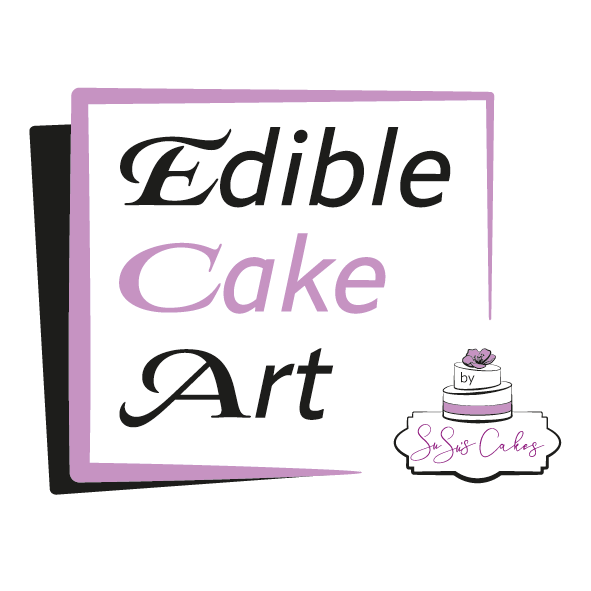Scanning Artwork for Edible Printing
Estimated reading time: 8 minutes
Key Takeaways
- Edible printing revolutionizes cake design by transferring digital images onto edible mediums.
- High-resolution scanning is essential for maintaining clarity and color fidelity in edible prints.
- Proper editing and color calibration ensure the final product is both visually appealing and delicious.
- Choosing the right tools and software simplifies the digitization and printing process.
Table of Contents
Understanding Edible Printing
Edible printing combines technology and artistry in the cake industry by utilizing specialized printers. These printers are loaded with food-grade edible ink and are used to transfer digital images onto edible paper such as frosting sheets or wafer paper. As a result, a world of personalization opens up—bakers can feature anything from beloved photographs to intricate hand-drawn art on cakes. Below are some essential benefits of edible printing:
- Unparalleled customization for any event: From birthdays to weddings, edible printing allows for unique designs tailored to specific themes or preferences.
- High-resolution, detailed images surpassing traditional decorating methods: With digital technology, the printed images often display more detail and clarity compared to manual decoration.
- Ability to reproduce complex patterns, portraits, or branding consistently: Scanned artwork can be consistently replicated, preserving the integrity of the original design.
Utilizing scanned artwork specifically allows artists and bakers to infuse handcrafted designs into the edible medium, making each project uniquely special.
Digitizing Hand-Painted Designs
Step-by-Step Guide
- Place your hand-painted artwork face-down on a clean scanner bed.
- Scan at the highest possible resolution without pushing your computer’s limits.
- Open the scanned file in an image editing program like Adobe Photoshop or GIMP.
- Carefully crop and align the image to remove any unwanted borders or backgrounds.
- Save the master file as a TIFF or PNG for lossless quality and a JPEG for printing if needed.
Recommended Tools and Software
- Adobe Photoshop: A powerful tool for comprehensive editing and resizing.
- GIMP: A free alternative suitable for basic corrections and adjustments.
- Online platforms for edible image layout: Websites like Icing Images provide specialized design features for edible printing.
Common Challenges and Solutions
- Color mismatch: Solution: Use color calibration tools and conduct test prints to ensure accurate colors.
- Loss of detail: Solution: Always scan at a high resolution and avoid excessive compression when saving files.
- Unwanted shadows or marks: Solution: Adjust levels in image editing software or re-scan with better lighting conditions.
Editing Paintings for Icing Sheets
Editing your scanned artwork is essential to ensure it fits perfectly onto edible sheets. Here’s how to do it:
- Use software to resize your image: Adjust your image dimensions to match standard icing sheet sizes, commonly 8.5×11 inches or 8.5×14 inches.
- Maintain aspect ratio: This prevents distortion of images during resizing.
- Adjust image placement: Aim to maximize the use of the icing sheet while minimizing waste.
- Clean up backgrounds: Make necessary adjustments while preserving the integrity and details of the original artwork.
Software Options and Techniques
- Adobe Photoshop: For precise resizing and image correction.
- Free alternatives like GIMP: Great for general editing tasks.
- Icing Images’ online solutions: Offers tools specifically designed for layout and print preparations.
Preserving Color Fidelity in Edible Prints
Ensuring Accurate Colors
- Calibrate your monitor and printer: This is crucial for consistent color representation in your final product.
- Use high-quality, reputable edible inks and papers: Different brands yield varying results, so ensure you’re using the best available options.
- Test print small sections: Especially important when color accuracy is critical, such as for logos or detailed images.
Printer and Ink Selection
- Make sure your printer can support edible inks: Always dedicate a printer solely for food use to avoid contamination.
- Match your printer’s settings to the type of edible paper you’re using: Proper settings ensure optimal ink absorption and print quality.
Frequently Asked Questions
- What resolution should I use when scanning artwork for edible printing?
- Can I use any printer for edible printing?
- How do I ensure color accuracy in my edible prints?
- What edible inks and papers are recommended?
- How can I fix color mismatches in my prints?
Conclusion
Scanning and preparing artwork for edible printing involves meticulous digitization, editing, and maintaining color fidelity. By adhering to best practices—such as high-resolution scanning, thoughtful editing, and diligent printer calibration—you can achieve professional-quality edible prints that transform any cake into a stunning work of art. Don’t hesitate to explore your creative instincts with your designs and tools to develop a workflow that matches your individual style and decorating needs.
Call to Action
We invite you to share your personal experiences or tips surrounding edible printing in the comments below! For continued insights about cake decorating and edible artistry, subscribe to our blog. Explore further resources and tools that can enhance your edible printing projects!

